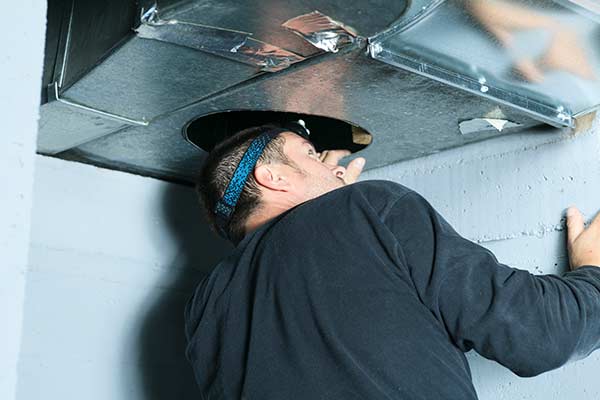Publications: Indoor Air Quality Issues
Although it may seem like a growing issue, the air quality inside buildings, factories, and homes has not suddenly gotten worse. What has changed, however, is the public’s awareness of the issues and problems due to news reports and internet access to articles on diseases and illnesses caused by sick building syndrome, environmental tobacco smoke (ETS), biocontaminants, and other types of contaminants.
For many years it was difficult to take these complaints seriously since many of the symptoms mimicked other illnesses and diseases. Additionally, it was extremely difficult to detect the agents that were apparently causing the illnesses. Environmental health specialists have worked on these issues, and with improved sampling and analytical methods have begun to determine the basis for some of the complaints. Certainly, indoor air contaminants like carbon monoxide, carbon dioxide, chemicals (VOC’s), ozone, pollen, etc., have been known for many years to be the cause of some of the complaints. More recently, airborne contaminants comprised of mold, mildew, dust mites, fungi, bacteria, viruses, amoebas, plant fragments, human and animal dander, and spores (to name a few) have been found to be the cause of many health problems, some of them quite severe. Outbreaks of serious illnesses (e.g. Legionnaires Disease) and severe asthma attacks have been linked to exposure to some of the many bioaerosols in the indoor environment.
It is important to keep in mind that the molds, mildews, viruses, bacteria, pollen, etc., all occur in nature. They are in the air around us. However, identifying, measuring, evaluating and correcting the indoor air quality (IAQ) problems related to these are extremely difficult. Unlike ozone, VOC’s, and other more common indoor air contaminants, dealing with biological agents is much more complicated. First, it must be determined whether there is a real or perceived problem. Sampling and analytical methods have improved considerably over the past few years, but being able to scientifically determine whether there is a significant increase in the amount of these contaminants in the indoor air (as compared to the outdoor air) has lagged somewhat. Typically, analytical data is interpreted subjectively by the scientist involved, further polarizing the affected community and those responsible for solving the problem. Although the current interpretation methodology tends to err on the side of conservatism, it does little to resolve some of the issues. Compounding this is the lack of regulations, guidelines, and standards.
International Environmental Services, Inc., has investigated and assisted with the defense of numerous claims and lawsuits related to IAQ problems, including microbial (mold and mildew). Our scientists, engineers, and experts are knowledgeable in the latest sampling and analytical methods. Additionally, our scientists are attempting to eliminate the subjectiveness in the assessment process by evaluating the analytical data using appropriate mathematical models. For copies of the latest technical papers authored by IES consultants which deal with this topic, Email Us.

DOWNLOAD BROCHURE
Learn about our broad range of litigation support and insurance investigation services.
